1500+ ★★★★★ REVIEWS
How Environmental Factors Contribute to Hair Loss
Hair loss often feels deeply personal, but the world around us plays a surprisingly big role in thinning strands and shedding locks. Environmental factors—ranging from the air we breathe to the water we wash with—can silently chip away at hair health, turning a full mane into a fragile one. While genetics and lifestyle get much of the blame, the elements we encounter daily deserve attention too. This article explores how these external forces contribute to hair loss and offers insights into protecting your hair from their impact.
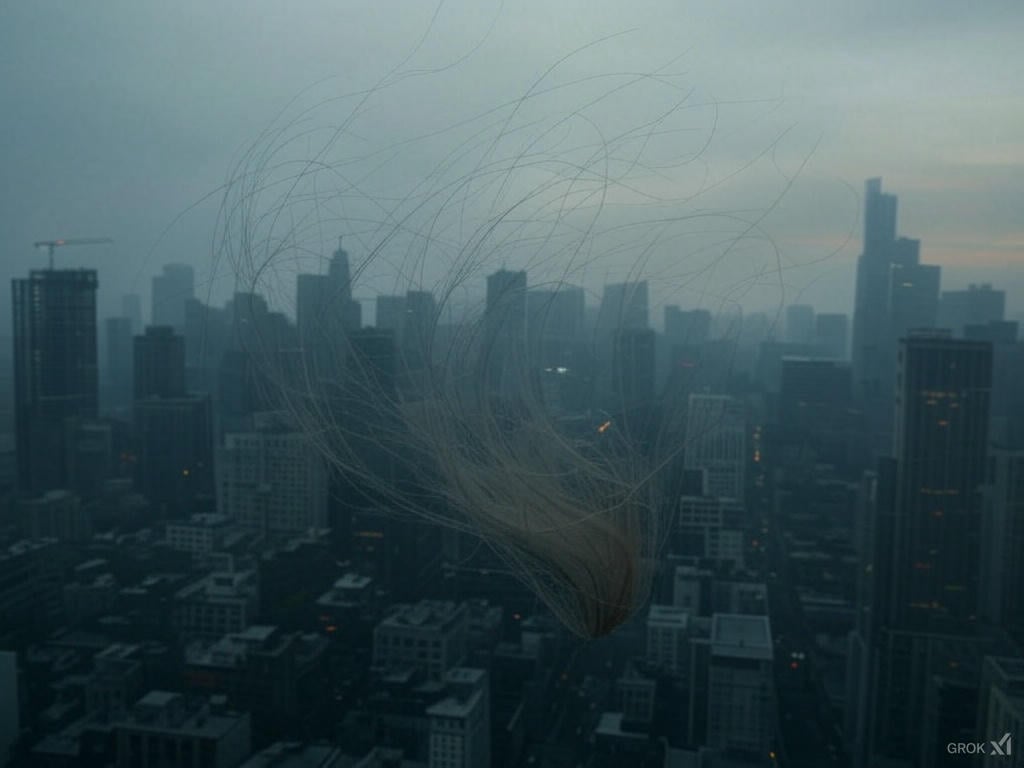
Table of Contents
The Impact of Air Pollution on Hair Health
Air pollution bombards hair with tiny particles and chemicals that settle on the scalp, clogging follicles and sparking inflammation that disrupts growth. Urban smog, packed with pollutants like nitrogen dioxide and particulate matter, weakens hair’s protective outer layer, the cuticle, making strands brittle and prone to breaking. Over time, this oxidative stress damages follicle cells, slowing hair production. A study from the National Institutes of Health found that people in polluted areas often experience more hair loss, tying environmental exposure directly to thinning.
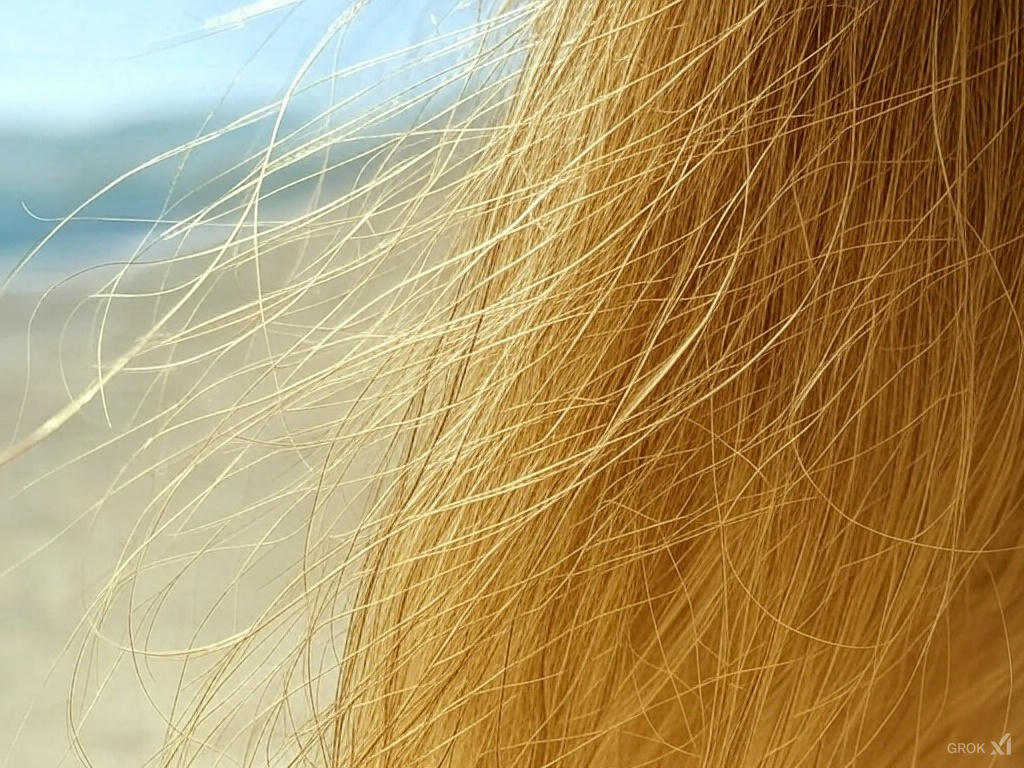
How UV Radiation Damages Hair and Scalp
Sunlight might feel good, but its UV rays wage a quiet war on hair, breaking down keratin—the protein that gives strands strength—and fading their natural resilience. Prolonged exposure dries out hair, leaving it fragile, while also burning the scalp, which can inflame follicles and push them into a resting phase. The Cleveland Clinic warns that this damage accumulates, especially without protection like hats or UV-blocking products, making sun exposure a sneaky culprit in hair thinning over time.

Hard Water and Its Effects on Hair Strength
Washing with hard water, rich in minerals like calcium and magnesium, leaves behind a residue that coats hair and scalp, stripping natural oils and weakening strands. This buildup clogs follicles, hindering growth, and makes hair more prone to breakage as it loses elasticity. In areas with hard water, the constant assault can thin hair noticeably, especially if paired with harsh shampoos. Research from the American Academy of Dermatology suggests that switching to filtered water or clarifying treatments can lessen this environmental strain.
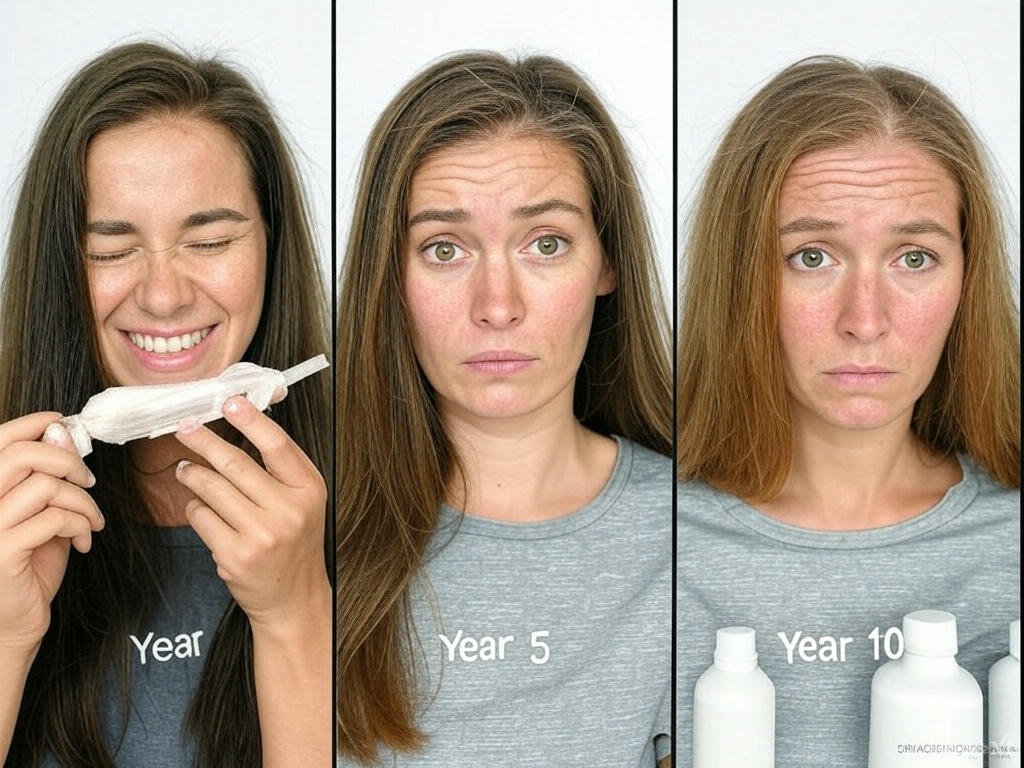
Chemical Exposure from Everyday Products
Everyday products like hairsprays, dyes, and even some shampoos expose hair to chemicals that erode its structure, from sulfates that strip moisture to formaldehyde-releasing preservatives that irritate the scalp. Over years of use, these compounds weaken hair shafts and inflame follicles, accelerating loss in sensitive individuals. The Environmental Working Group highlights how frequent exposure to such ingredients can compound damage, pushing people toward thinner hair without them realizing the source.

Strategies to Protect Hair from Environmental Damage
Shielding hair from environmental harm starts with simple shifts, like wearing a hat to block UV rays or rinsing with filtered water to dodge mineral buildup. Using antioxidant-rich products, such as those with vitamin E, can neutralize pollution’s oxidative effects, while cutting back on chemical-heavy styling preserves hair’s natural strength. Regular scalp care, like gentle exfoliation, keeps follicles clear of debris. The Mayo Clinic advocates proactive protection, and for those needing a boost, Hottie Hair’s Hair Loss Solution page offers options to restore volume alongside these efforts.
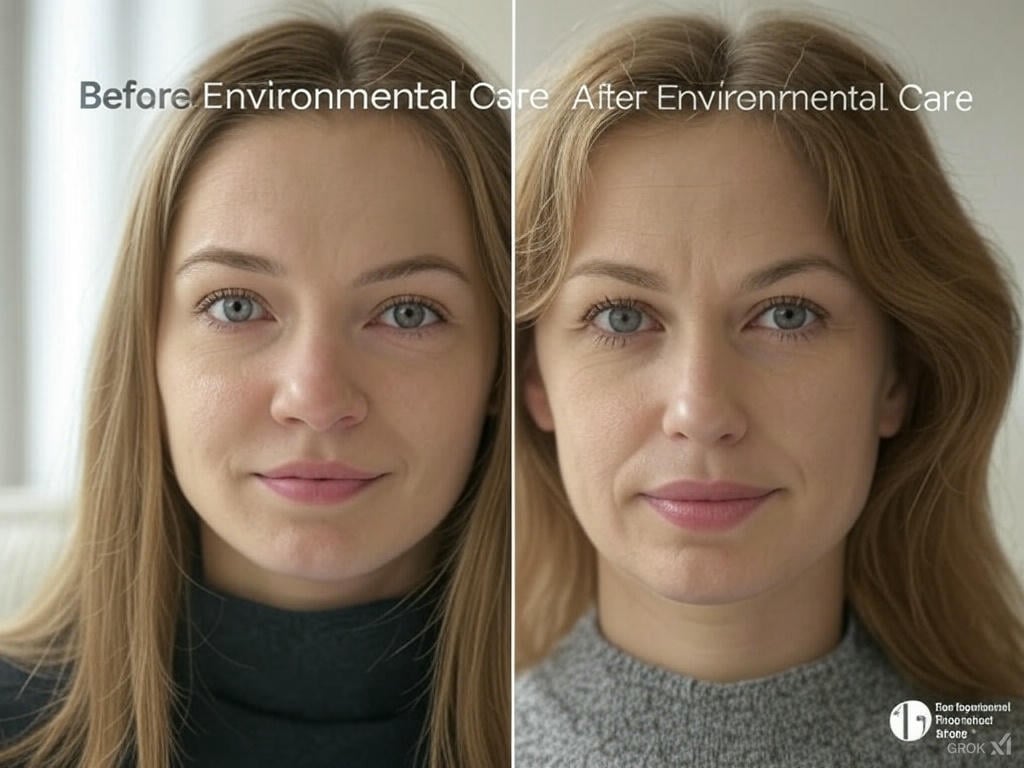
Environmental factors might seem beyond our control, but their role in hair loss isn’t a life sentence. By understanding how pollution, UV rays, water, and chemicals wear down hair, you can take steps to fight back and keep your strands stronger for longer. Whether it’s adjusting your routine or exploring solutions like Hottie Hair’s Comprehensive Guide to Hair Loss Treatment in Las Vegas, you’ve got the power to lessen the world’s impact on your hair.
FAQs Environmental Factors & Hair Loss
How does air pollution lead to hair loss?
Air pollution deposits tiny particles and chemicals onto the scalp, clogging follicles and causing inflammation that slows hair growth. These pollutants also weaken the hair’s outer layer, making it brittle and more likely to break. Over time, this stress can thin hair, especially in heavily polluted areas.
Can the sun really cause my hair to thin?
Yes, UV radiation from the sun breaks down keratin, the protein that strengthens hair, and can burn the scalp, disrupting follicle health. Without protection, this damage builds up, leaving hair drier and thinner. Regular sun exposure is a sneaky factor in gradual hair loss.
What’s wrong with hard water for my hair?
Hard water, loaded with minerals like calcium, leaves a residue that strips hair of moisture and clogs follicles, weakening strands over time. This makes hair more fragile and prone to shedding. Switching to softer water can help reverse some of this environmental damage.
Do hair products contribute to thinning?
Many everyday products, like dyes or harsh shampoos, contain chemicals that erode hair’s structure and irritate the scalp, speeding up loss. Years of use amplify the harm, especially with ingredients like sulfates. Opting for gentler alternatives can protect your hair long-term.
Is hair loss from the environment permanent?
Hair loss from environmental factors isn’t always permanent—reducing exposure and caring for your scalp can help hair recover. However, prolonged damage might weaken follicles enough to slow regrowth. Early action improves the chances of bouncing back.
How can I tell if pollution is affecting my hair?
Signs like increased brittleness, a flaky scalp, or more shedding in urban areas could point to pollution’s impact. If your hair feels weaker despite good care, environmental stress might be at play. Monitoring changes alongside your surroundings can offer clues.
Can I protect my hair from UV damage?
Wearing hats or using UV-protective hair products can shield your hair and scalp from sun damage, preserving strength and growth. Avoiding peak sun hours helps too. These steps lessen the thinning effects of long-term UV exposure.
Will changing my shampoo fix environmental hair loss?
Switching to a sulfate-free or clarifying shampoo can reduce chemical damage and clear hard water buildup, supporting healthier hair. It won’t fully stop environmental loss, but it’s a solid start. Pair it with broader protective habits for the best results.
How long does it take to see improvement after protection?
Hair may show less shedding or better texture within 3-6 months of shielding it from environmental harm, depending on damage extent. Growth cycles are slow, so consistency with protective measures—like those suggested on Hottie Hair’s Hair Loss Solution page—is key.
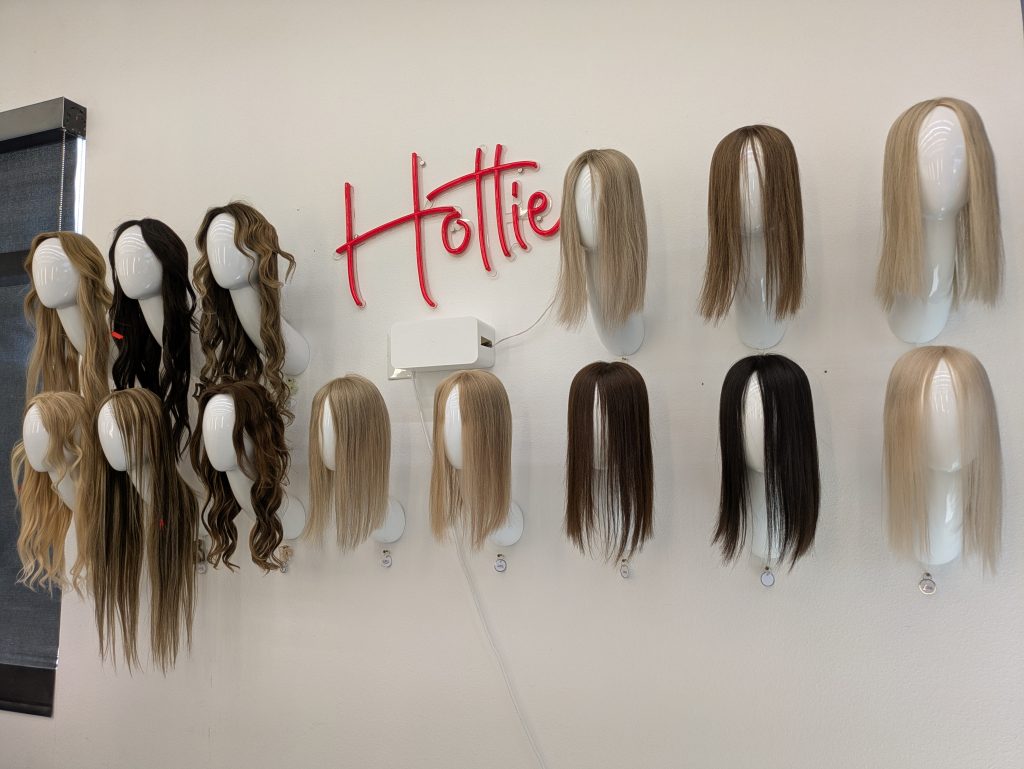
Where can I learn more about reversing hair loss?
For deeper insights and solutions, explore Hottie Hair’s Comprehensive Guide to Hair Loss Treatment in Las Vegas. It covers environmental impacts and options like mesh integration to restore your hair’s look.
You must be logged in to post a comment.